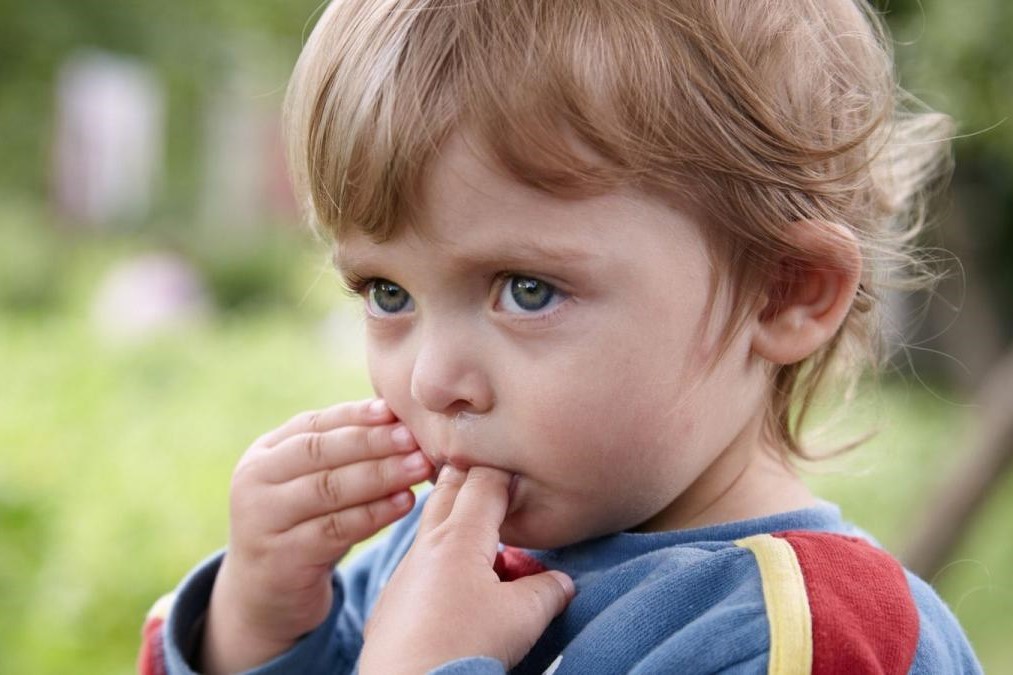
Oxyuriasis, what causes Oxyuriasis infection
Oxyuriasis is an intestinal infection caused by a whitish-coloured worm, the oxyurion (Oxyuris vermicularis, Enterobius vermicularis), first identified in 1758 by the Swedish naturalist Linnaeus
Adult males reach a length of 2-5 mm, while females reach 9-11 mm.
The eggs deposited by the females are microscopic in size.
Most susceptible to oxyur infection are children, who can swallow the eggs by putting their hands in their mouths.
CHILD HEALTH: LEARN MORE ABOUT MEDICHILD BY VISITING THE BOOTH AT EMERGENCY EXPO
How Oxyuriasis is transmitted
This parasitosis spreads, predominantly, in unhygienic environments, thus not exclusively due to water shortages. Transmission occurs by fecal-oral contagion.
In humans, the egg of the pinworm (the offending worm) reaches the duodenum and releases the embryo there; here the worm develops into an adult and continues its journey towards the intestine.
In this phase, the females play a decisive role by depositing their eggs, during the night, in the anal folds.
It is as a result of these nocturnal movements that sufferers often experience unpleasant itching.
Particularly in children, the infection occurs orally, for example, by putting one’s hands in one’s mouth after touching contaminated objects, such as toys, underwear or toiletries; or simply after touching one’s bottom on which some faecal residue may have been left (so-called ‘self-treatment’).
Therefore, not only correct intimate hygiene is essential, but also a high degree of hygiene of the surrounding environment.
Infection due to eggs on fruit or vegetables is rare.
How do I notice it?
The main symptom is itching, especially in the anus.
In children an alarm bell is the excessive itching felt especially in the evening at bedtime.
In girls, vulvar and vaginal itching may also occur.
This symptomatology is often associated with behavioural changes, such as excessive irritability and restlessness.
Other symptoms that are not uncommon are
- urinary tract infection
- allergic reactions
- appendicitis
- gastrointestinal disorders (abdominal pain, nausea, vomiting)
- disorders of neurological interest (dizziness, headache, urinary incontinence)
The infection is diagnosed by finding the presence of pinworms or eggs in the faeces or anal region.
The subject then undergoes a parasitological examination by applying a strip of transparent adhesive to the anus, which is removed after about an hour and observed under a microscope.
The parasite, if present, will remain attached to the adhesive strip.
It is often necessary to repeat the test several times in the presence of symptoms that are difficult to detect, because the parasites may not reveal themselves immediately.
What to do in case of oxyuriasis?
Parasites are generally quite resistant to drug treatment, although therapy is administered cyclically (after 10-20 days) orally.
The only strategy for preventing and, consequently, coping with the infection is correct prophylaxis through basic hygiene rules.
It is good to keep in mind the few general rules of prophylaxis, especially if in areas with a high risk of infection
- keep hands and especially nails clean (worm eggs can settle under the nails)
- thorough cleansing of the genital organs
- do not deposit faeces on the ground
- do not use faeces as fertiliser
- undergo faecal examinations
- avoid contact with infected persons.
Read Also:
Emergency Live Even More…Live: Download The New Free App Of Your Newspaper For IOS And Android
Pinworms Infestation: How To Treat A Paediatric Patient With Enterobiasis (Oxyuriasis)
Parasitology, What Is Schistosomiasis?
Getting To Know Salmonella: What Causes Salmonellosis?
Antimicrobial Resistance In Europe – Data Seems More Dangerous Than Before
Intestinal Virus: What To Eat And How To Treat Gastroenteritis
Contaminated Food Infection: What It Is, Cures And Treatment


